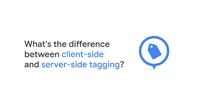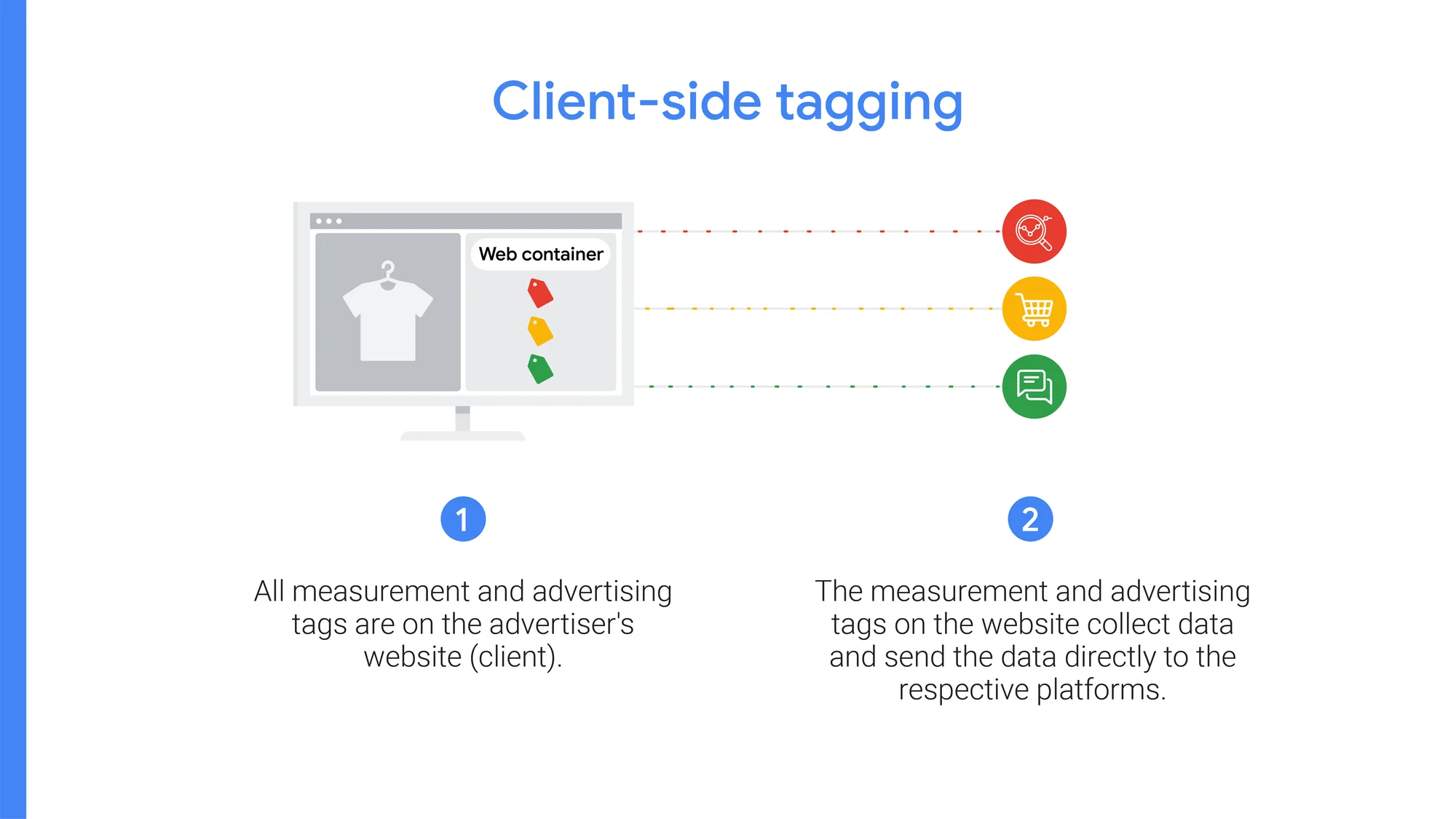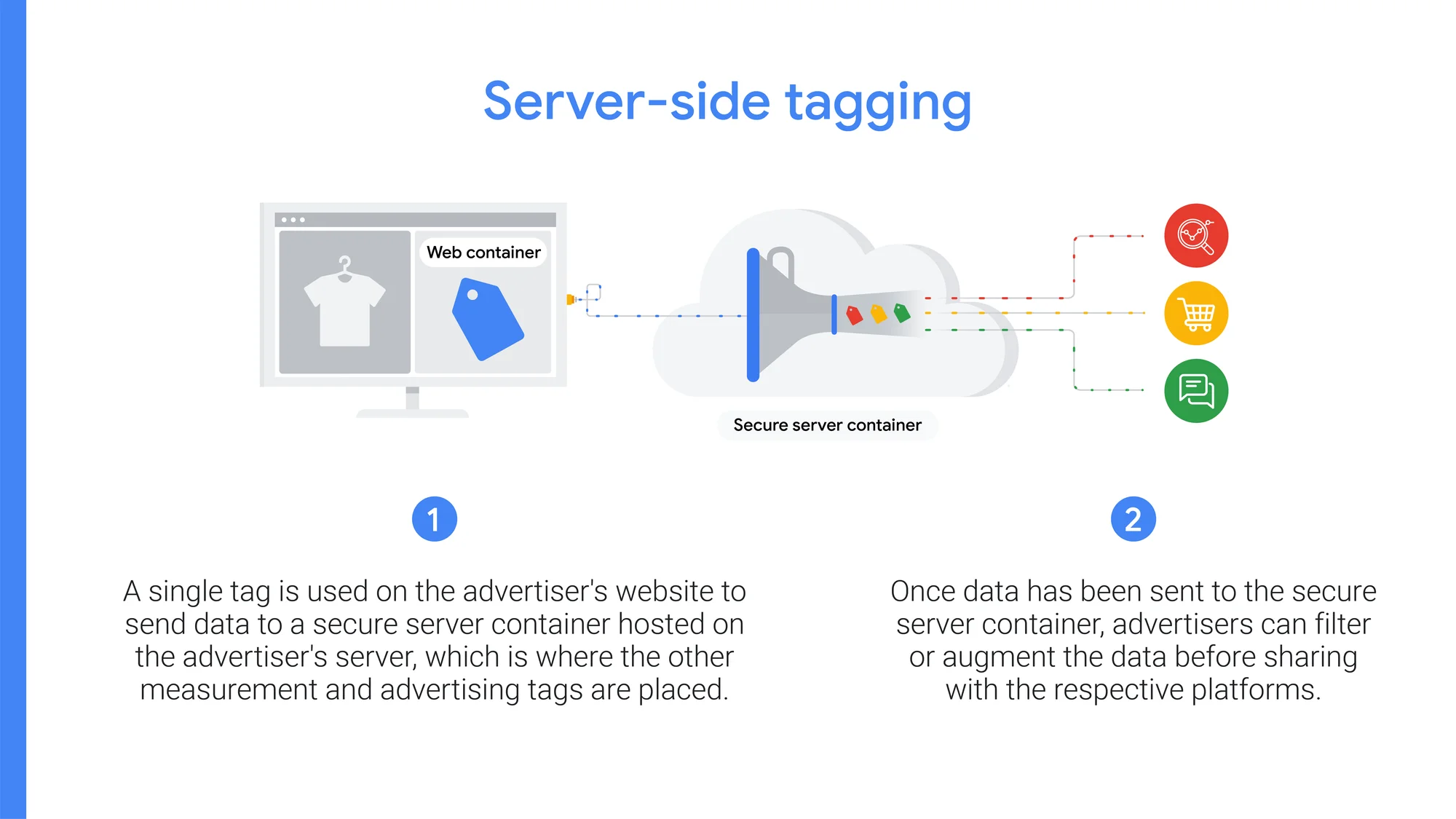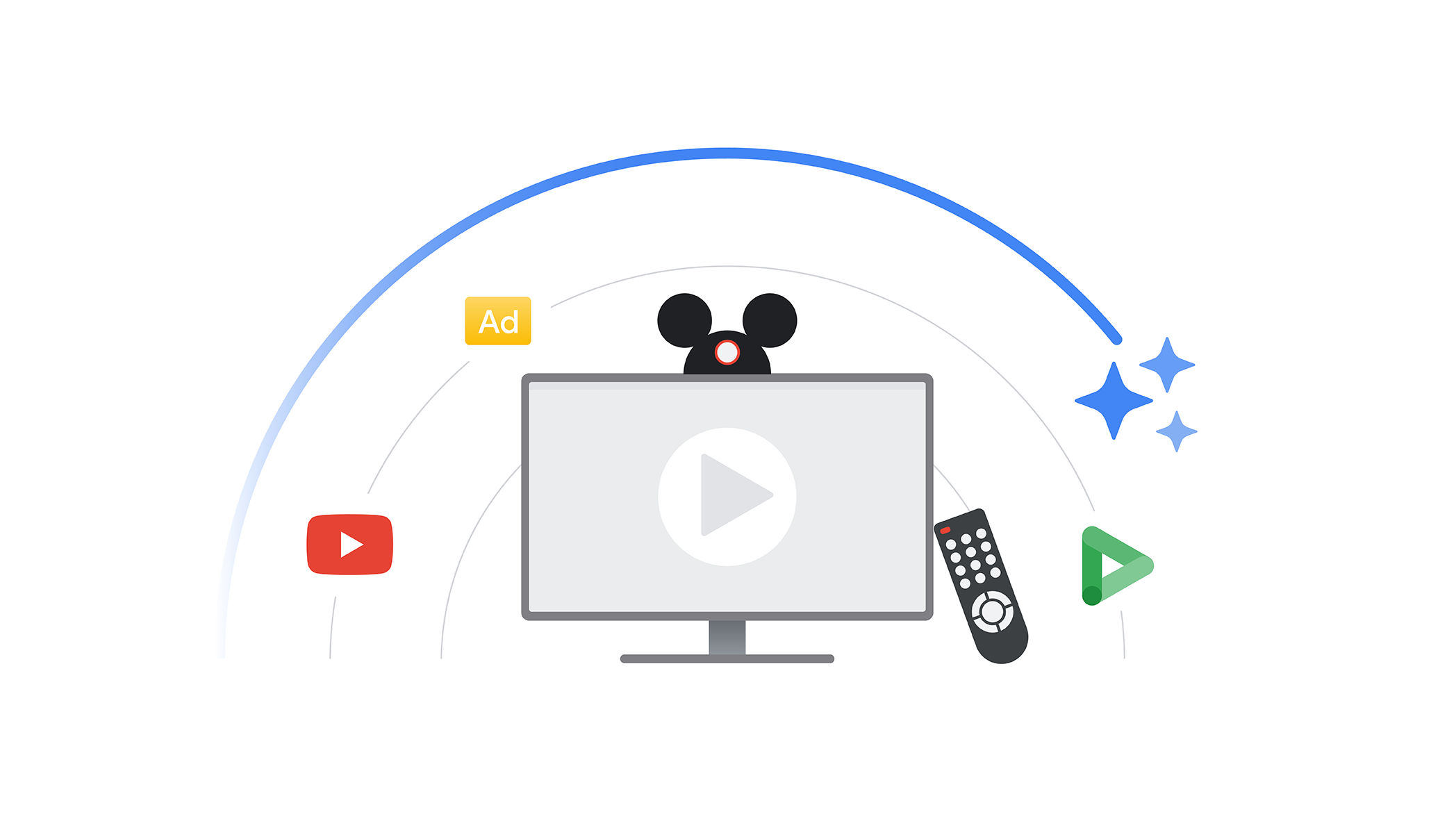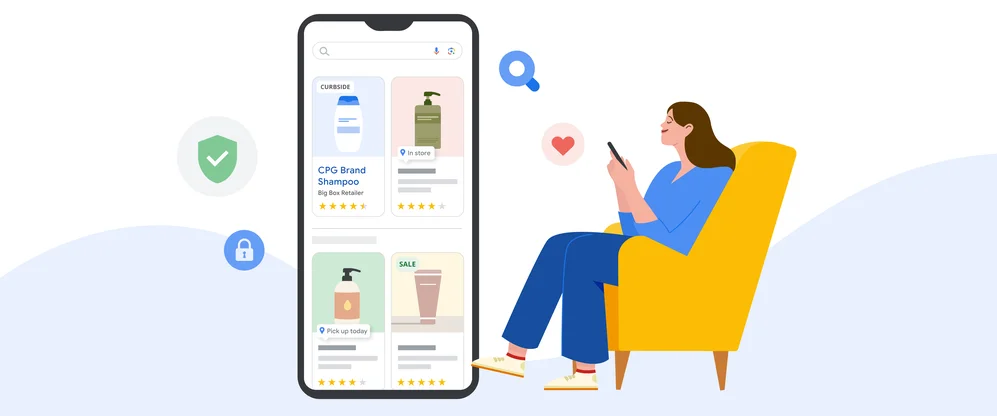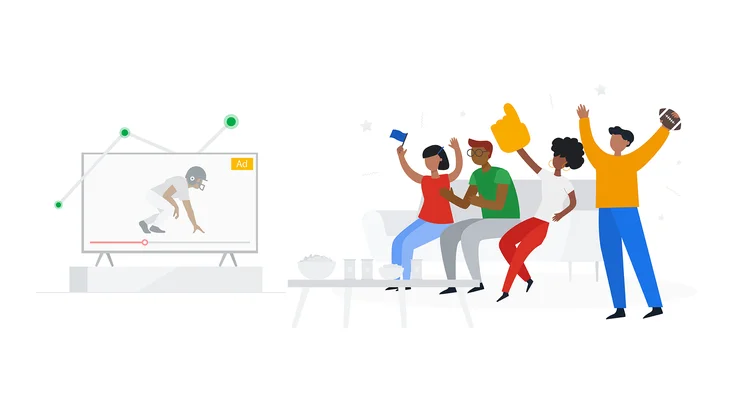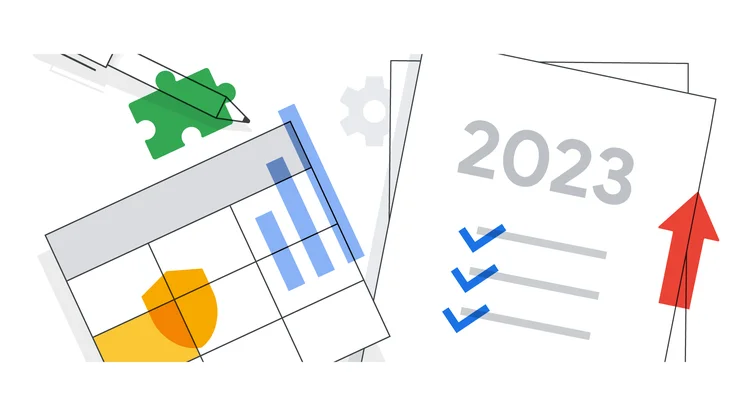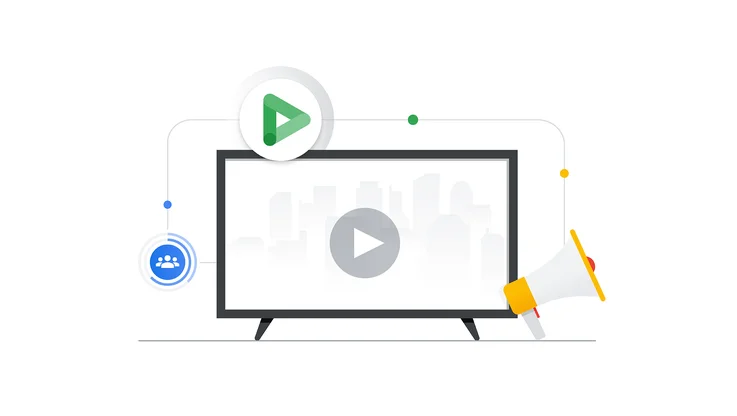Bring performance and privacy together with Server-Side Tagging

It’s important for businesses to have the insights they need to drive more conversions on their websites. But rising expectations and regulations around user privacy can make it hard to meet both performance and privacy needs. We’re continuing to invest in solutions to help you find that balance.
Server-Side Tagging in Google Tag Manager allows you to move measurement and advertising tags off your website and into a secure server container. This helps protect your customers by restricting access to their information, and helps increase conversion rates on your site by reducing page load times.
To ensure all businesses can use this feature, Server-Side Tagging now works with any cloud or server provider that supports Docker — an open source platform for developing and running applications. We’ve also integrated Server-Side Tagging into more Google products and services to help you move more tags off your website and achieve better site performance. With these improvements, we're moving Server-Side Tagging out of beta and making it generally available to all customers in Tag Manager and Tag Manager 360.
Support for more Google advertising products
Server-Side Tagging now supports Google Ads and Google Marketing Platform products, including Campaign Manager 360, Display & Video 360 and Search Ads 360. Previously, you had to continue using a client-side tag for each marketing product you use, and keep them all running directly on your site.
Now, when customers interact with your site, a single client-side tag can activate multiple tags for these products directly in your server container. This means you’ll have fewer tags on your site, which can help improve your site's page load time.
Integration with other privacy solutions
Marketers often ask us how to use Server-Side Tagging with other privacy solutions like Consent Mode and enhanced conversions. Consent Mode helps you customize how Google tags behave before and after users make their consent decisions; and enhanced conversions help you use consented, first-party, user-provided data to better understand how users convert after engaging with your ads.
We're now making it simpler to use these products together. Advertisers with Google Analytics 4 on their sites will soon be able to use enhanced conversions in Google Ads without needing to add additional tags to their site. And once you’ve set up Consent Mode, any Google tags implemented in your server container will automatically respect consent choices that users have made on your website.
We're also making it easier for you to ensure that user data is handled according to your security preferences. Server-Side Tagging automatically anonymizes your users’ IP addresses before the information is shared with Google’s reporting tools. And in cases where you need more control, you have the option to eliminate users’ IP addresses from your data completely before they’re shared.
Success with Server-Side Tagging
Since launching Server-Side Tagging last year, we’ve seen businesses around the world use this feature to uphold higher expectations around user privacy and drive better marketing performance.
Nemlig, Denmark’s leading online grocer, saw a large rise in visitors to its site as people turned to online shopping and home delivery for their daily essentials last year. This resulted in longer page load times, which negatively impacted conversion rates on Nemlig’s site. After adopting Server-Side Tagging, the company was able to move tags from the browser into its secure server container, improving its page load time by 7%. Read the full story here.
Square has also found success with Server-Side Tagging. The San Francisco-based company helps businesses of all sizes reach buyers online and in person, manage their business and access financing. Since implementing Server-Side Tagging, Square has seen a 46% increase in reported conversions.
Server-Side Tagging is our preferred method for sending measurement data to our marketing partners. It allows us to collect data from the website in a secure manner while improving data collection and enabling event enrichment.
With Server-Side Tagging, you can improve both user trust and website performance. As we continue to work on new features and updates, our goal is to help you achieve your privacy and performance goals across all of your measurement needs.

